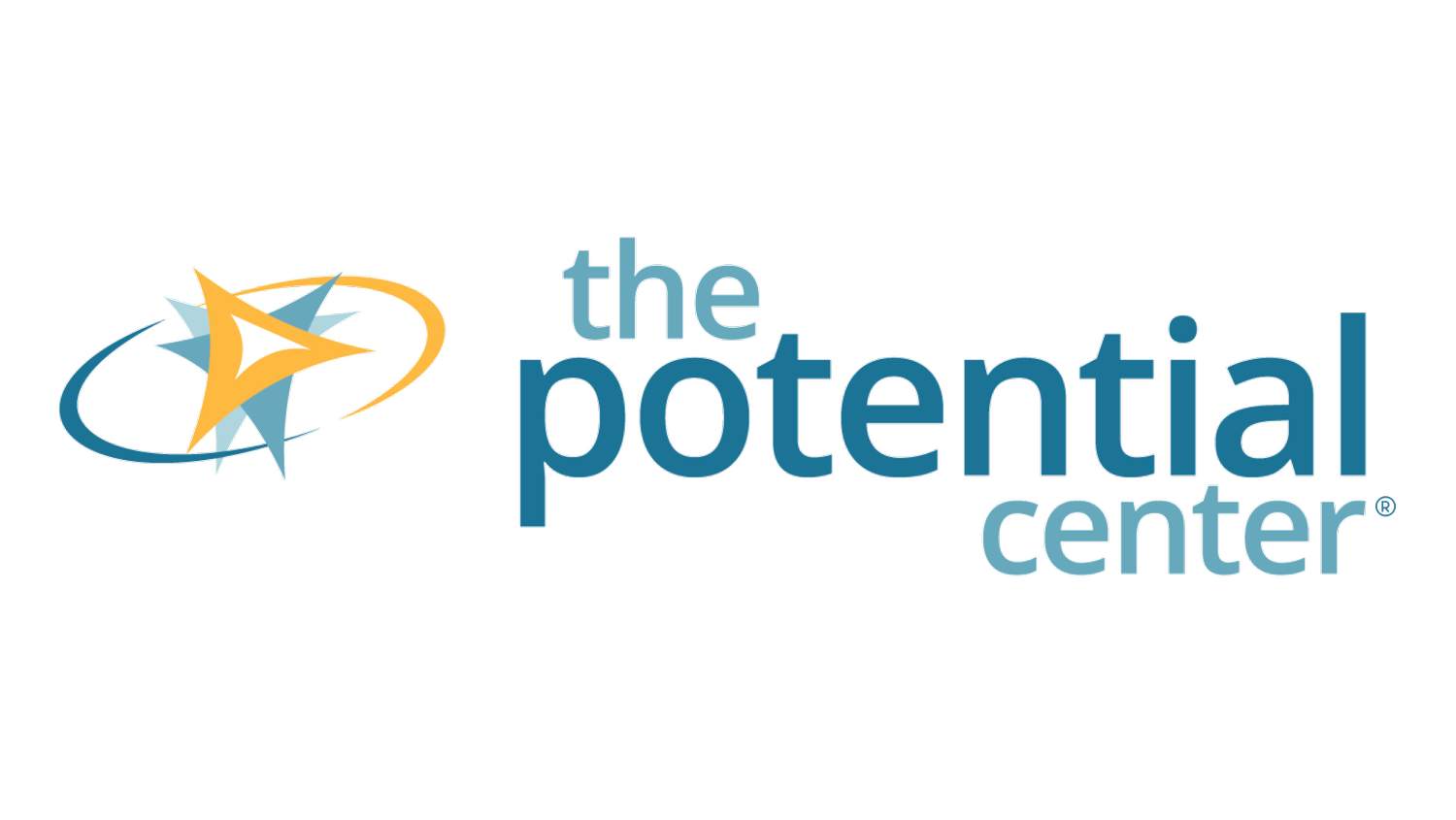Having NO constraints ISN’T freeing
Constraints can be a benefit (Image by 00luvicecream from Pixabay)
“One of the great enemies of creativity is too much time and money ”
Some of you may know that I spent a significant amount of time working in the nonprofit sector as a senior development executive. Charitable fundraising is one of the biggest, and most rewarding, challenges – you get to convince people and organizations to provide money, time, and brand connection in exchange for not much more than a good feeling.
In the nonprofit sector, resources (budget and people) are limited. Although some would see these constraints as being severely restrictive, I would say that this is not the case. In the fifteen years I was working in the sector, I was guiding teams in how to solve problems creatively in order to increase another resource… brainpower. That is something that can be increased without needing additional budget or people.
Why the brain likes constraints
The brain, when overloaded with options, can feel overwhelmed and will shut down in the name of safety (the brain’s primary role is to keep us safe). In sales training, this is known as “a confused brain says ‘no’ “. Instead, when you provide constraints and boundaries, the brain gets excited because it then sees the issue as a puzzle that needs solving… and the brain loves puzzles!
More on working with constraints
I’ve already mentioned how lack of money and people are constraints. But what about time? Working within short-term time constraints forces you to work fast and be scrappy. It creates focus and purpose, and this helps tune out distractions, hone in on the essentials, be productive, and pushes you towards ideas you would not have come up with otherwise. I’ve also written about constraints in this post.
How you can use constraints in day-to-day ideating
You can purposely impose constraints even if you don’t have them:
There’s a group of ideating tools that fit under the category of ‘revolution’. Revolution tools use constraints such as “the budget has been slashed by 50%”; “everyone wants our widget!”; and “design the product/service/process so that it fails (then reverse engineer it)”.
You can still use time constraints even if you’re the best forward planner in the world. Plan your early ideating sessions as per normal. Then surprise your team with an ad hoc ideating session that’s much closer to your deadline, and see what it produces – you may be surprised at the level of creativity in the suggestions!
Keep track of the constraints that exist or that you impose, and the results of your ideating sessions. This approach might just lead to more success than a blank check and a wide-open schedule ever could!
Want to learn other ways to help your team come up with ideas?
Join us at our upcoming webinar “Becoming a Rockstar Manager: Stand Out, Get Noticed, and Set Yourself Up For Promotion!”.
*You can read the full article here.
I coach emerging managers who want to excel at their work without losing their spark. I show them how to build and lead a creative team that consistently delivers new ideas and solves difficult problems while having fun, so they can have a work experience that’s rewarding and meaningful, and which gets them noticed.
If you’d like to see what tapping into creative potential could look like at your place of work, contact me at Ellia@ThePotentialCenter.com to arrange a no-obligation call.

